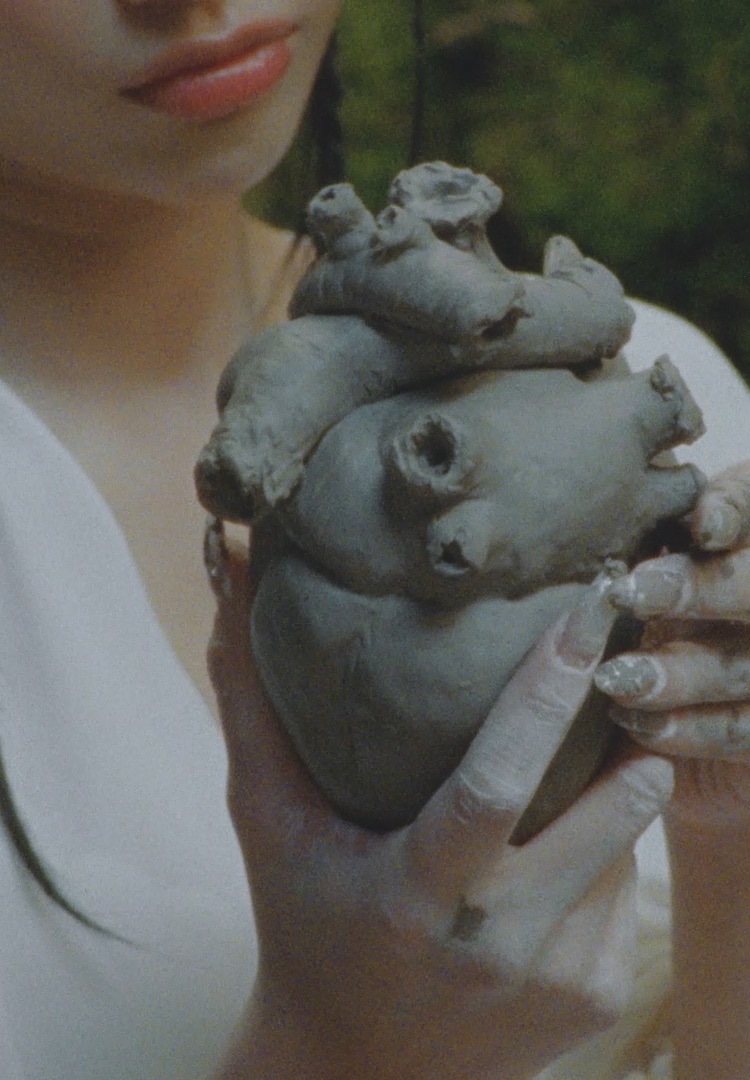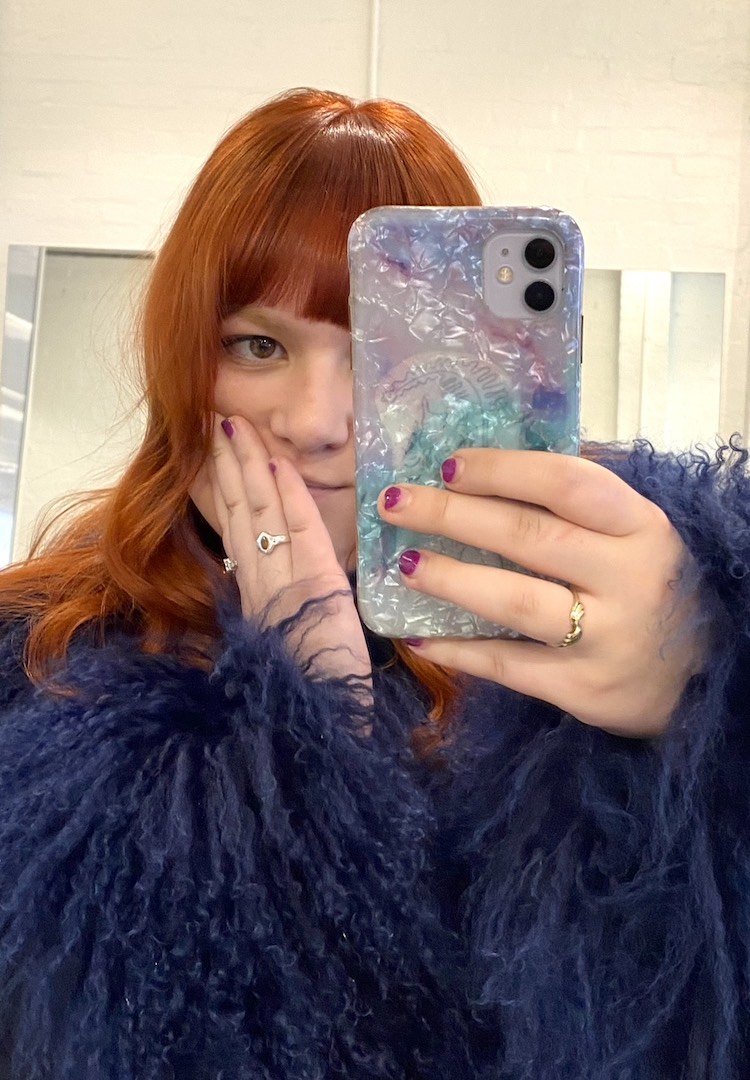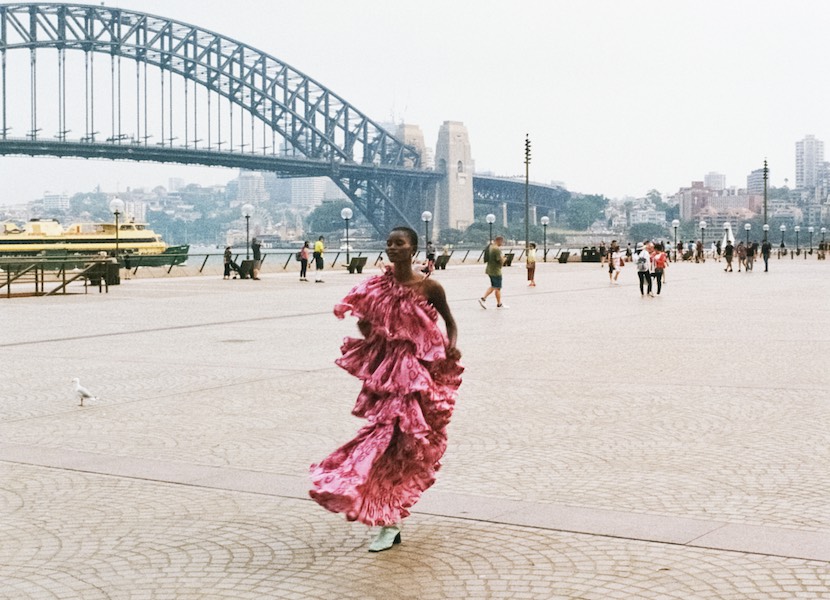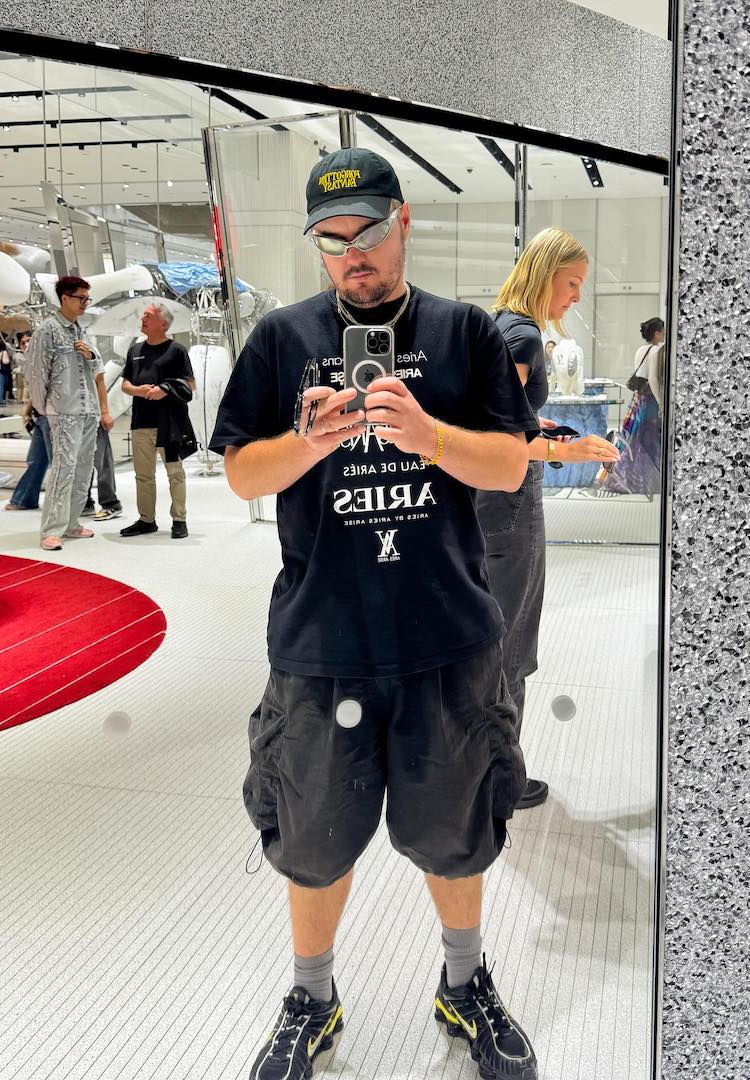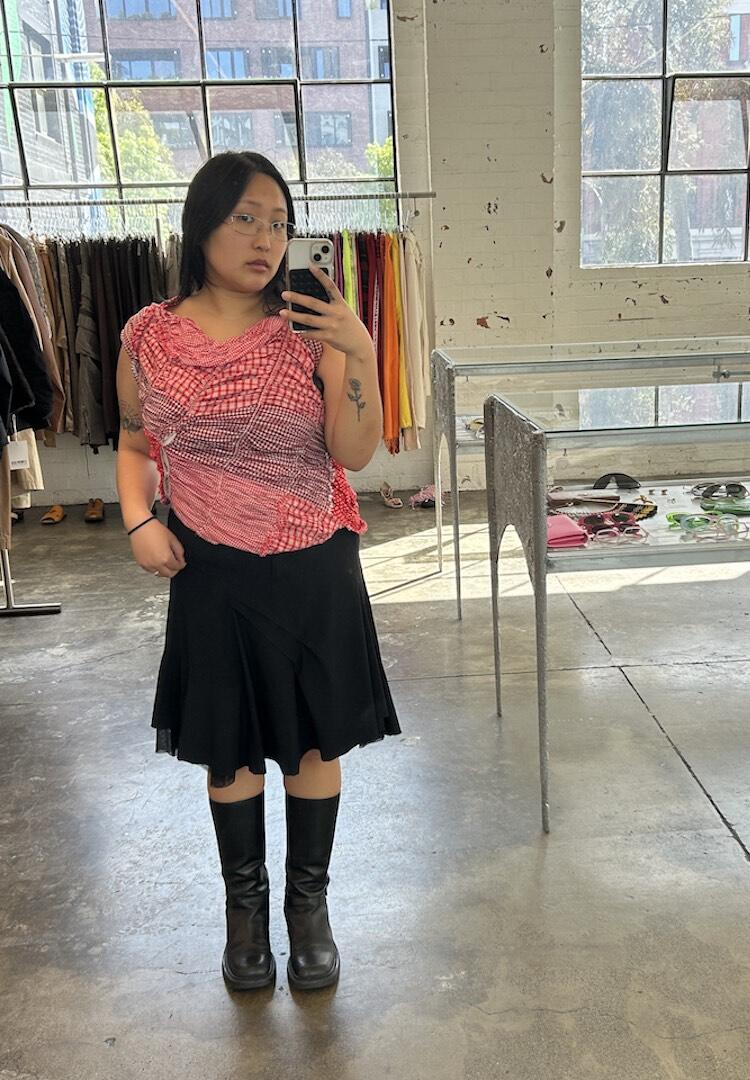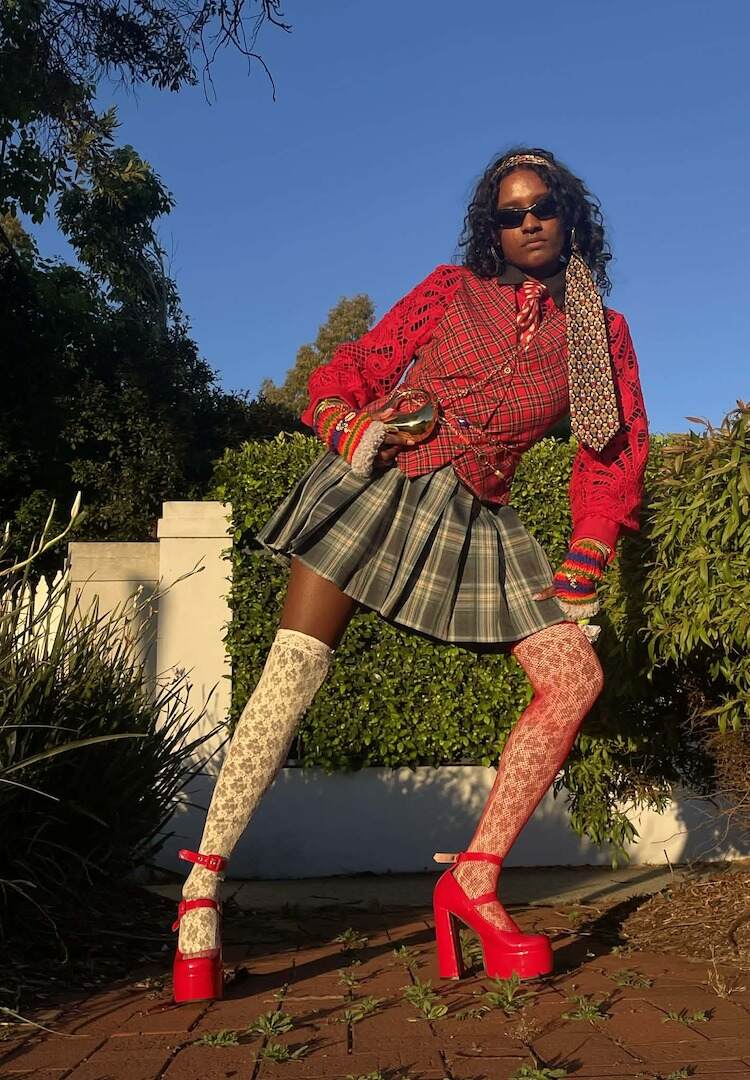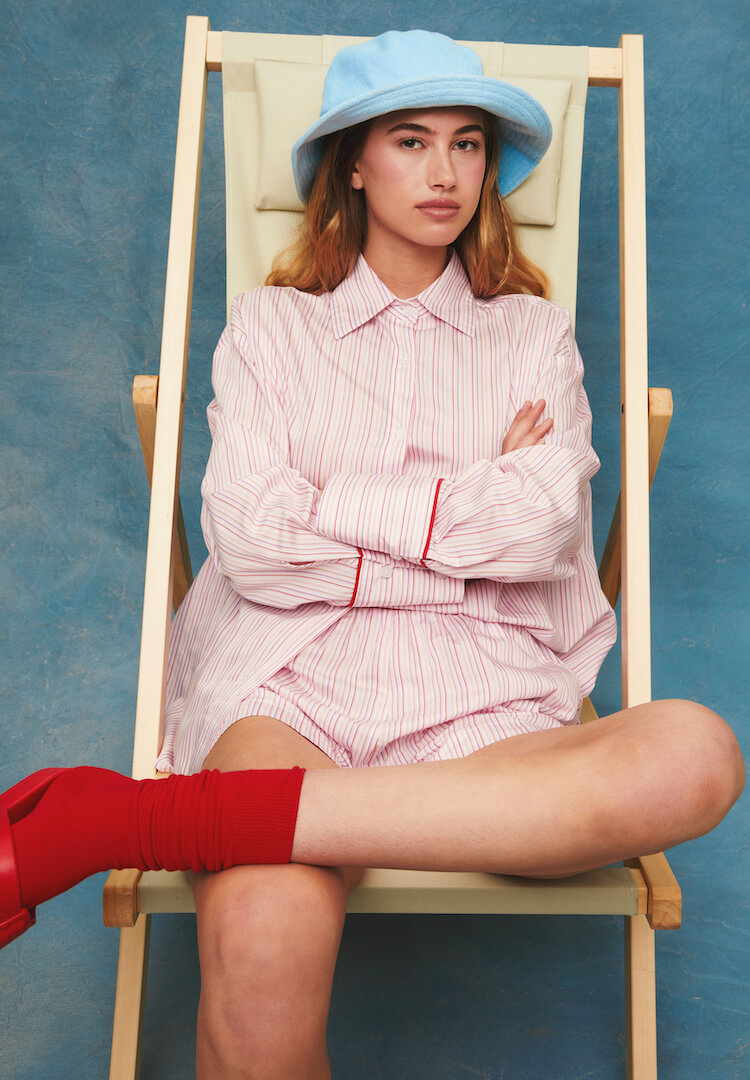The fashion jobs you’ve never heard of but need to know
PHOTOGRAPHY BY OLIVIA REPACI
WORDS BY MARYEL SOUSA AND HELENA BAMMANT
“Fashion needs people who can keep up.”
Occasionally, I’ll come across someone online with such an unbearably cool job title that it just doesn’t seem real. You probably have, too. Every day, some talented creative is carving out their niche, especially in the ever-changing fashion industry. Maybe you watch their Instagram stories with envy, maybe you even want to be one of them. But if you weren’t born into a world with endless industry connections, you may have no idea where to start.
Looking for jobs in the fashion industry? Head to our Careers section to see who’s hiring.
It’s no secret that the fashion industry is competitive, but you can’t compete if you don’t know what you should be competing for. There’s more to the industry than designing clothes or writing for a magazine. As the world moves more online and the way we consume changes, fashion needs people who can keep up and fill in the gaps.
Knowledge is power, besties, and we’re here to impart it to you. Here, you’ll find our guide to the fashion jobs you’ve never heard of but need to know – plus the salary you can expect, the experience you’ll need, and the places you should look to land them.
Digital fashion designer
The words ‘fashion’ and ‘Fortnite’ probably don’t cross your mind often, at least at the same time. But fashion design has entered Web3 – and the people creating virtual looks for gaming avatars and Metaverse characters are pioneering one of the most unique jobs in the industry. Digital fashion designers combine fashion design and tech to make NFTs and in-game wearables for luxury brands like Balenciaga and Louis Vuitton. As a virtual designer, you’ll work with 3D modelling software and augmented reality (AR), collaborating with product developers, patternmakers and technical designers to transform physical products into digital ones.
Potential salary range: $70,000-$90,000+
Experience: Candidates need a balance of technical and fashion design skills to succeed in this role. Understanding fashion design fundamentals is key, but proficiency in 3D modelling software, Photoshop, and computer-aided design is equally essential. This is a highly competitive and niche role, so some experience is preferred. Hopeful applicants can boost their portfolio through freelancing opportunities.
Where to apply: You’ll notice these jobs popping up more frequently over the next few years, but opportunities are rare and often require overseas relocation. Industry-specific job boards and the good old LinkedIn job search are your best bet for staying up to date on new openings.
Fashion fixer
If you ever wondered who hooks influencers and celebrities up with major fashion brand deals, that’s the role of the fashion fixer. Fashion fixers are the puppet masters pulling the strings to connect brands to the powerful and famous. Basically, it’s a fashion-centric PR job that gets the right eyes on a brand and its products. For those who love making connections, deals and changes, this could be the job for you.
Potential salary range: $50,000-$100,000+
Experience: Strong industry connections are a must for this role. This is a particularly competitive position, so several years of experience in public relations, marketing or partnership coordination and a bachelor’s degree in a relevant discipline can help you land the role. A knack for staying organised and calm under pressure is definitely a plus, too.
Where to apply: Most big brands will have a fashion fixer (or a related position) on their team, but you can gain experience working at an agency that represents multiple fashion labels. You’ll find these positions advertised on the usual job boards – just keep an eye out for roles with slightly different titles from ‘fashion fixer’ but a similar job description.
Fashion archivist
Turn your love of vintage fashion into a real job as a fashion archivist (AKA fashion historian). This job requires a deep understanding of how fashion has evolved throughout history and why it matters. In this role, you may end up working in a museum, university or even as a media consultant. Fashion archivists preserve both vintage and contemporary garments to ensure history remains well-documented so we can learn from the past.
Potential salary range: $70,000-$100,000+
Experience: Fashion archivists typically have a bachelor’s or master’s degree in history, culture or art history, but many fashion historians have built their career on a passion for, well, fashion and history. Strong research skills will be absolutely crucial in this role. Working in academia or as an intern for a season can help candidates build a professional network and gain valuable experience.
Where to apply: Check out university job boards for roles as a research assistant or intern in the field. Depending on whether you’d prefer working in a museum or as a consultant on a period drama à la Bridgerton, keep a finger on the pulse of these industries to learn about opportunities that may not appear on a traditional jobseeker’s site.
Trend forecaster
Imagine being the one who decides whether it will be cheetah or zebra print this year. As a trend forecaster, you don’t quite get the power to decide but you are responsible for identifying new trends and predicting how those trends will shape consumer purchases. But it’s not all fun and games. The majority of the job revolves around data, statistics and researching socio-economic factors.
Potential salary range: $70,000-$120,0000+
Experience: You will need ample experience in the fashion industry. Experience with product development, marketing, merchandising, retail or designing would all serve you well in this job. An impressive portfolio is a must, too. Like many fashion jobs, a good place to start is retail, where you can hone your understanding of how trends play out on the shop floor. Having a sound understanding of fashion history will serve you well, too, so keep flicking through magazines, reading biographies and poring over old fashion shows, as well as keeping across industry updates.
Where to apply: If your future involves relocating to the big cities (New York City, Dubai or London) and you’re up-to-date with industry movements, then this could be the role for you. Unfortunately, most roles for trend forecasters are located overseas – have a look at WGSN (the top company for fashion forecasting) if you’d like to learn more.
CRM manager
An acronym for Customer Relationship Manager, a CRM is charged with knowing a brand’s customers’ needs, wishes and dreams, often before they do. Working in all the consumer-centric fields, you’ll dip a toe into marketing, campaigns, customer service and PR to ensure the brand is well received by customers.
Potential salary range:$60,000-$100,000+
Experience: You will need at least three to four years of management and customer service experience, and a relevant degree (such as in marketing or communications) is always helpful. If you’re just starting out, getting a job in retail and working your way up – from retail assistant to store manager to working in the head office – is a great idea. Plus, the customer service skills you’ll hone while in retail will be highly regarded in a CRM role.
Where to apply: There are quite a few of these roles floating around, especially in Australia. You’re likely to find them in bigger companies and businesses with a strong online presence.
Fabric researcher
This role tightens the lens on a more technical side of textiles and testing – think Lululemon Luxtreme and Uniqlo HeatTech. You’ll be responsible for fabric design and development, including researching new textile concepts (like this fabric made from mushrooms) and reviewing proposals for production. A fabric researcher works closely alongside the design team, so you’ll need to know your materials and adapt quickly to any major production faults and sudden design changes.
Potential salary range: $70,000-$100,000+
Experience: You will need a fashion design or textile design degree, or four to five years of hands-on experience in the textile industry. Experience with printing, finishing and washing techniques and extensive material knowledge is also a must. Don’t be afraid of heading to Spotlight and purchasing a bunch of fabrics to conduct your own experiments at home – this will give you an idea of whether this kind of work piques your interest, and is a good way to start understanding the differences between textiles and how they wear.
Where to apply: This job is more common across the industry than you might think, but keep an open mind. Local brands that call on fabric researchers include Sheridan and Bonds, which is unsurprising, as bedding and underwear fabrics are perhaps the most important of all.
Merchandise planner
A merchandise planner (or merchandise allocator) is responsible for buying merchandise based on a brand’s sales history and current stock levels. You’ll be charged with planning the long-term buying strategy and negotiating price structures, as well as delivery dates, specific merchandise requirements and contracts. You’ll also be responsible for ensuring that products appear in the right stores in the right quantities at the right time (it’s all about organisation and structure). This job requires a lot of forecasting and monitoring of sales. You’ll be a wizard with numbers and a fast thinker, as deadlines and turnarounds are tight.
Potential salary range: $60,000-$90,000+
Experience: Hiring managers tend to look for a degree in marketing, business or fashion, or at least two years of retail experience with merchandising. Strong analytical and tech skills are also expected. If you’re just starting out, getting retail management and visual merchandising experience is a great idea.
Where to apply: In Australia, these jobs pop up fairly frequently and can be found at high-end independent retailers or big brand umbrellas such as the Just Group and Country Road.
Sustainability officer
As we all grow increasingly wary of the harm the fashion industry is causing to our environment, the role of a sustainability officer has emerged. In this role, you will be responsible for the development, implementation, promotion and monitoring of environmental strategies within the company, and need to make recommendations to avoid or lessen negative environmental impacts. Yep, you’ll be calling the shots and making the important decisions that could change the future of the industry. Working at the top of the company, you will be expected to write reports, pitch ideas and identify opportunities for change.
Potential salary range: $60,000-$130,000+
Experience: You must have a degree in either sustainability, environmental science or environmental management, plus industry knowledge of market developments. Company-specific knowledge is also necessary, and most likely prior experience in the sustainable fashion sector. It is a highly specialised role, so keep learning and gaining experience in the sustainable fashion space if you’re intrigued by this job.
Where to apply: You can expect to see more and more of these roles popping up over the next few years. Big Australian retailers like David Jones, Country Road Group and The Iconic – whose sustainability officer we interviewed here – all have them. More of these roles are available in Europe and the US.
Authenticity expert
The rise of second-hand designer fashion websites has opened up new career opportunities for luxury lovers. Imagine ordering (plus spending a fortune on) a vintage Chanel bag only to receive a fake – I can’t think too much about this kind of devastation, and neither should you. Thankfully, most resale sites now retain authenticity experts who are trained to ensure any claimed designer products are the real deal. Luxury brands in particular plant brand identifiers (holograms, date codes, authenticity cards and hallmarks) that these experts know to look for, plus they have a sharp eye for evaluating quality of materials and construction.
Potential salary range: $50,000-$70,000+
Experience: There are currently no formal qualifications out there, with many experts having worked and trained in-house at high-end labels. To get hired, it’s a minimum requirement to know your Gucci from your Goochi, and that you can spot a fake Louis V from a mile away. For those interested, there are a lot of resources online to help you out, and you can take online courses run by authenticity experts. Start out by working at an IRL vintage or consignment store and learning all about fashion labels, pricing and authenticity.
Where to apply: These jobs are very rare at the moment and are mainly based overseas, where the big consignment platforms are based (think The RealReal and Vestiaire Collective). But with the rise of the circular economy, authenticity experts are going to be in huge demand over the next few years. If you’re interested, start learning the ropes now.
Fashion psychologist
Now, I know what you’re thinking, and no. This is not a therapist dedicated to treating shopping addiction (though I can think of a few people who would benefit). Instead, a fashion psychologist studies consumer behaviour. The job involves getting inside the minds of potential customers, mainly through study, research into consumer habits and surveying the impact of fashion on wellbeing and mindset. Working through a variety of research channels, you’ll need a critical and creative mind.
Potential salary range: $70,000-$100,000+
Experience: Candidates could have a degree in fields spanning business, law, marketing, psychology, sociology or statistics. Two to three years of working in market research is also desirable. Studying psychology is perhaps the most obvious starting point, and an increasing number of universities are offering fashion-specific papers or programs in their psychology degrees.
Where to apply: This role can be found globally in the top umbrella companies such as L’Oréal, Condé Nast and big-name department stores. In Australia, these jobs often come and go, with many experts retained through temporary contracts.
Print designer
A print designer, as the name suggests, visualises and produces visual designs to be used for textiles, artwork, materials or graphics – think Gorman and Marimekko. You’ll be involved in coming up with innovative ideas and developing commercially appealing designs and prints. You are expected to be a master of all crafts, producing hand-drawn, painted and digital artwork. This also includes producing design ideas, sketches and samples for presentations.
Potential salary range: $45,000-$90,000+
Experience: There are a few different routes to enter this field. Some begin as cutters or machinists and progress into the role, but most complete a degree in graphic design or textile design. Expert knowledge of Adobe Suite, specifically Photoshop and Illustrator, is also necessary. Plus, you’ll need incredible drawing skills and a creative eye. Start out by creating your own artwork and familiarising yourself with the relevant programs. This will help you refine your skills and give you material to build a portfolio.
Where to apply: This job is actually quite common, but spans across multiple design disciplines and can be quite niche. Other than fashion, you will also find jobs in interior design or merchandise. They can also be offered as freelance positions or as a commission for one-off work. Set a search alert for Seek to see all the different roles that pop up.
Data analyst
Similar to a trend forecaster, a data analyst stays on top of trends and consumer behaviour. This is done by collecting and analysing all visitor data from the brand’s owned channels (Instagram, Facebook, websites, and so on). You’ll need to be well-equipped with the knowledge to help make future decisions for the brand, and you will be required to communicate and pitch this information to potential investors.
Potential salary range: $70,000-$90,000+
Experience: You’ll need a commerce degree for this one. You’ll also need to know the ins and outs of web analytics and e-commerce tracking systems. If you’re interested in a role like this but are just at the beginning of your career, familiarising yourself with understanding data and analytics is a good starting point.
Where to apply: Our dependence on digital behaviour has made these jobs in high demand, especially in Australia at the moment. Most major companies will now have this role, and they’re often advertised on LinkedIn.
Product developer
As a product developer, your role is to coordinate the development process of new styles, ensuring the highest level of quality for each garment. This job is all about sketching, tech packs, sourcing, analysing – the list is endless. You’ll be there from the start to finish of the design process, ensuring the product is of the highest quality possible before it hits the shop floor.
Potential salary range: $53,000-$110,000+
Experience: A qualification in design and a full understanding of Adobe Suite is a must. Impeccable time management and creative, outside-the-box thinking are also desired traits. If you have an interest in this field but no idea where to start, working on your own projects and building something yourself is a great way to get practice. Take photos of your creations and share them online, and work towards building an impressive portfolio you can show potential employers.
Where to find: Think specifics – lingerie, swimwear, activewear, shoes. These jobs are quite common and often listed on Seek and LinkedIn, so make sure your profile is up to date.
This article was originally published on March 24, 2021.
For more advice on how to break into the fashion industry, head here.

